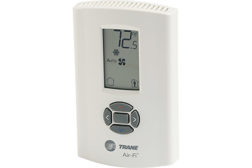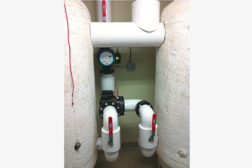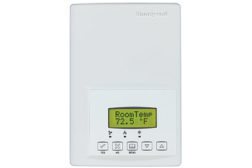Home » Keywords: » wireless mesh networking
Items Tagged with 'wireless mesh networking'
ARTICLES
Designed to be the foundation of the Internet of Things in the home
Read More
April 16, 2015: ZigBee Alliance and Thread Group Collaborate on Smart Home Connectivity
Agreement Opens Door for ZigBee Cluster Library Application Protocol to Run on Thread Networks
April 16, 2015
Nov. 26, 2014: Early Smart Home Adopters Expect 50+ Wireless Sensors in Their Home by 2018
Data Reliability Was Selected as the Most Important Feature of a Smart Home System
November 26, 2014
Oct. 14, 2014: Google-Backed Home Automation Group Accepting New Members
Thread Group to Build Connected Home Products Using Its New Wireless Networking Protocol
October 14, 2014
Aug. 11, 2014: Wireless Controls for Smart Buildings to Reach 57.4 Million in Shipments by 2023
Intelligent Lighting Is a Key Driver for Wireless Control, Which Can Also Be Used for HVAC and Security
August 11, 2014
July 21, 2014: Nest Helps Lead Effort to Create Wireless Protocol for Home Automation
Thread Group Is Formed to Develop a Simple, Secure, and Low-Power Network
July 21, 2014
Copyright ©2024. All Rights Reserved BNP Media.
Design, CMS, Hosting & Web Development :: ePublishing



